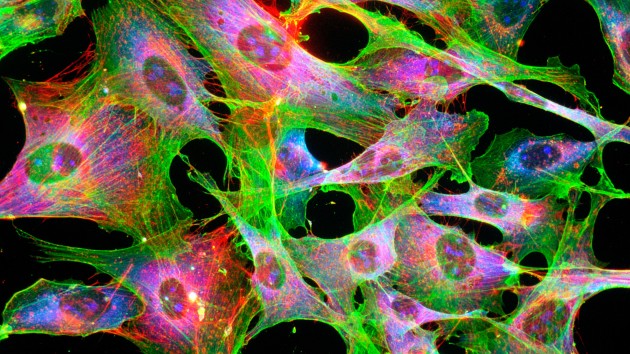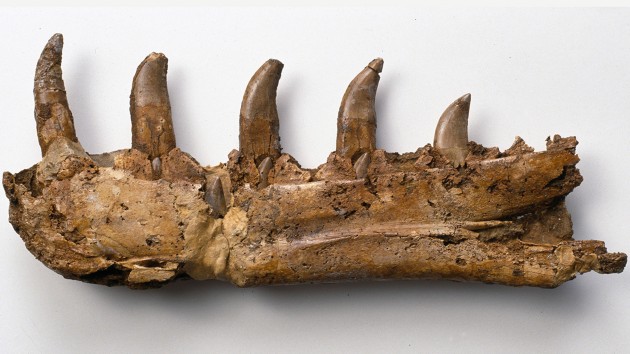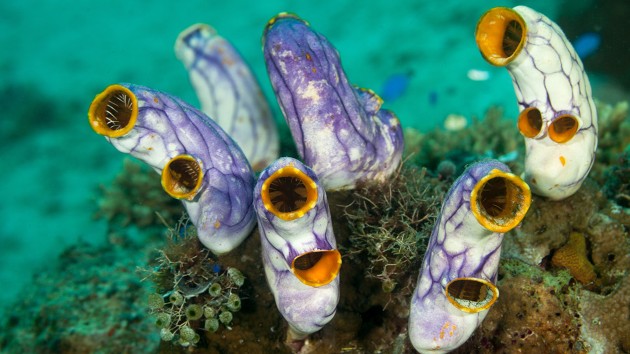Special |
Collections
-
-
Collection |
 Microscopic Imaging in Deep Tissue
Microscopic Imaging in Deep Tissue
This Collection will highlight Articles that involve new tools and emerging techniques for imaging at increased penetration depths within tissue as well as considering advances in conventional and state-of-the-art light microscopy techniques.
Image: © [M] Nancy Kedersha / Science Photo LibraryOpen for submissions -
Collection |
 Neurobiology of chronic pain
Neurobiology of chronic pain
Communications Biology, Nature Communications and Scientific Reports welcome submissions offering new insights into the neural mechanisms of transduction, transmission and processing underlying the initiation and chronicity of pain.
Image: © [M] Alrandir / Stock.adobe.comOpen for submissions -
Collection |
 Immune Aging
Immune Aging
This collection aims to improve understanding how the immune system changes during aging and welcomes submissions to Nature Communications, Communications Biology, and Scientific Reports.
Image: © [M] Goodboy Picture Company / Getty Images / iStockOpen for submissions -
Collection |
 Oligodendrocytes in health and disease
Oligodendrocytes in health and disease
This cross-journal Collection welcomes the submission of primary research articles that focus on oligodendrocytes lineage cells in development, physiology, and disease.
Image: © [M] Juan Gaertner / Science Photo LibraryOpen for submissions -
Collection |
 Cultivated Meat and Alternative Protein Sources
Cultivated Meat and Alternative Protein Sources
The editors at Nature Communications, npj Science of Food, Communications Biology and Scientific Reports invite submissions in the areas of alternative/non-animal protein sources, cultivated meat technology (including cell lines, tissue engineering, culture media) and general considerations around cultivated meat.
Image: © [M] michal-rojek / Getty Images / iStockOpen for submissions -
Collection |
 Microphysiological Systems
Microphysiological Systems
The editors at Nature Communications, Communications Biology, Communications Engineering and Scientific Reports invite submissions on Microphysiological Systems, specifically Engineering Advances, Modeling Biological Phenomena and Modelling Disease & Drug Testing.
Image: © Ramon / Generated with AI / Stock.adobe.comOpen for submissions -
Collection |
 Memory engrams
Memory engrams
This Collection welcomes submissions on the neural mechanisms underlying the formation and transformation of engrams during the various stages of a memory lifetime.
Image: © [M] Christoph Burgstedt / stock.adobe.comOpen for submissions -
Collection |
 Dinosaur 200th Anniversary Collection
Dinosaur 200th Anniversary Collection
2024 marks 200 years since William Buckland reported his research on Megalosaurus, later recognised as the first non-avian dinosaur genus to be formally named by science.
Image: The Natural History Museum / Alamy Stock Photo -
Collection |
 In vitro models of human development
In vitro models of human development
This cross-journal collection curated by Editors of Nature Communications, Communications Biology and Scientific Reports is dedicated to primary research that showcases the use of in vitro models to widen our understanding about formation of the human body.
Image: © [M] pinkeyes / stock.adobe.comOpen for submissions -
Collection |
 Plant Microbiomes
Plant Microbiomes
This Collection welcomes submissions to Nature Communications, Communications Biology and Scientific Reports that aim to advance our understanding of plant microbiomes.
Image: © [M] Катерина Євтехова / Generated with AI / Stock.adobe.comOpen for submissions -
Collection |
 Developmental insights from non-traditional model organisms
Developmental insights from non-traditional model organisms
This Collection seeks submissions to Nature Communications, Communications Biology and Scientific Reports that highlight the unique insights that can be gained from research on non-traditional model organisms.
Image: © [M] GeraldRobertFischer / stock.adobe.comOpen for submissions

 All of Us
All of Us